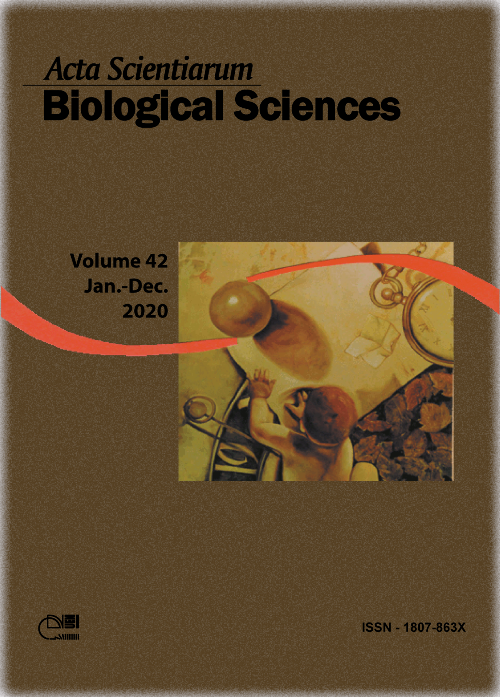Cytotoxic and genotoxic potential of industrialized powdered milk for infants and young children
Abstract
This study aimed to evaluate the cytotoxicity and genotoxicity and determine the LC50 concentration of powdered infant formulas widely marketed in South American countries. To this, milk samples, called as A, B, C and D, were analyzed in root meristem cells of Allium cepa, at concentrations of 0.075; 0.15 and 0.30 g mL-1, for 24 and 48 hours; and through cell viability in culture of normal line cells, via MTT test, for 24 hours, in the concentrations 0.018; 0.0375; 0.075 and 0.15 g mL-1. In A. cepa, all dairy products in the three concentrations caused significant inhibition of cell division in the meristems within the first 24 hours of exposure. In the in vitro evaluation, all milk formulas at 0.15 g mL-1, as well as milk A at a concentration of 0.037 g mL-1, C at 0.075 g mL-1 and D at 0.037 g mL-1, significantly reduced the cellular viability of the cell culture exposed to the foods studied, being potentially toxic. The milk A was considered the most toxic, with LC50 of 0.031 g mL-1, and B as the least toxic, with LC50 of 0.15 g mL-1. Therefore, the milk evaluated caused significant instability in cells of the test systems used and were characterized as cytotoxic.
Downloads
DECLARATION OF ORIGINALITY AND COPYRIGHTS
I Declare that current article is original and has not been submitted for publication, in part or in whole, to any other national or international journal.
The copyrights belong exclusively to the authors. Published content is licensed under Creative Commons Attribution 4.0 (CC BY 4.0) guidelines, which allows sharing (copy and distribution of the material in any medium or format) and adaptation (remix, transform, and build upon the material) for any purpose, even commercially, under the terms of attribution.
Read this link for further information on how to use CC BY 4.0 properly.












1.png)




3.png)













